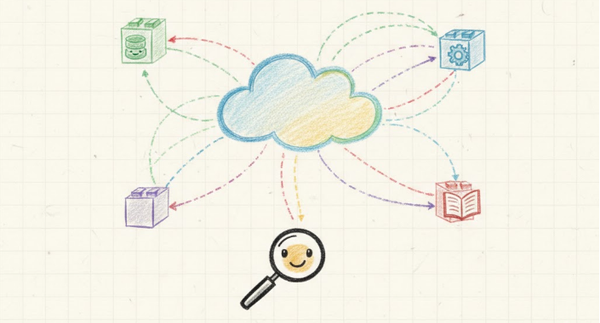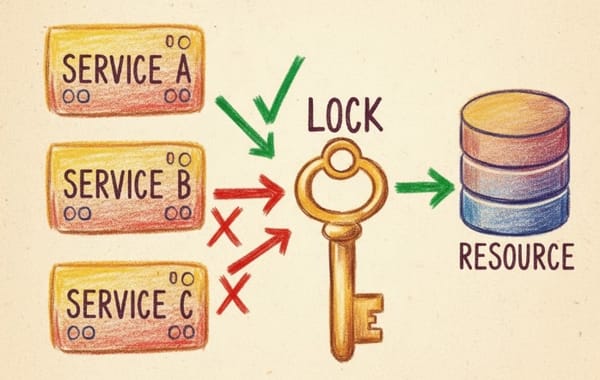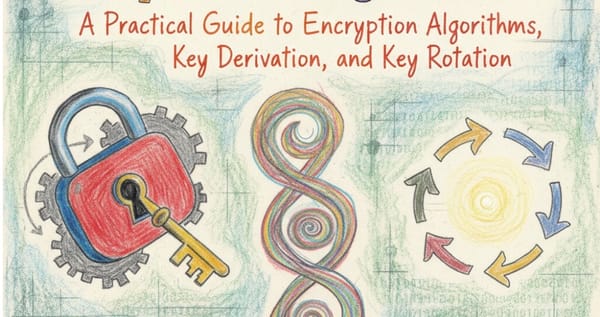Ensuring Data Consistency with the Outbox Pattern

In distributed systems, maintaining data consistency across various services and data stores is a persistent challenge. A common pitfall arises when a service needs to both update its own database and publish a message to a message broker. If these two operations aren't atomic, a failure in one can lead to an inconsistent state. This is where the Outbox Pattern comes to the rescue.
The Problem: Dual Writes and Inconsistency
Consider a service that processes an order. It updates the order status in its database and then publishes an "OrderProcessed" event. If the database update succeeds but the message publication fails (e.g., due to a network error or message broker unavailability), the system enters an inconsistent state. The order is marked as processed internally, but other services expecting the event will not be notified, leading to business logic failures or data discrepancies.

The Solution: The Outbox Pattern
The Outbox Pattern ensures atomicity by combining the database update and the message creation into a single, transactional operation. Instead of directly publishing to a message broker, the outgoing message is first stored in a dedicated "outbox" table within the service's own database.
Here's how it works:
- Transactional Write: When a service needs to persist data and send a message, it performs both operations within a single local database transaction. The service updates its business entities and inserts the message into the
Outboxtable. If either operation fails, the entire transaction is rolled back. - Message Relaying: A separate, independent component (often called the "Outbox Relayer" or "Message Relayer") continuously monitors the
Outboxtable for new, unpublished messages. - Guaranteed Delivery: When the relayer finds a message, it publishes it to the message broker. Upon successful publication, the message is marked as sent (or deleted) from the
Outboxtable. This process is resilient to failures; if the relayer crashes, it can restart and continue from where it left off, ensuring no messages are lost.

Deep Dive into Implementation Options
There are several ways to implement the Outbox Relayer:
- Polling Publisher: The simplest approach. A background process periodically queries the
Outboxtable for unsent messages, publishes them, and updates their status. This is easy to implement but introduces latency and can be inefficient with high message volumes. - Transaction Log Tailing (Change Data Capture - CDC): This is a more robust and efficient method, often preferred in high-throughput systems. Instead of polling, the relayer reads changes directly from the database's transaction log (e.g., PostgreSQL's WAL, MySQL's binlog). Tools like Debezium or Apache Flink can be used for this purpose. This provides near real-time message publication with minimal impact on the service's performance.

Real-World Use Cases
The Outbox Pattern is invaluable in scenarios where strong eventual consistency and reliable message delivery are crucial:
- E-commerce Systems: When an order is placed, the order service updates the order status and publishes an
OrderPlacedevent. Downstream services (e.g., inventory, payment, shipping) react to this event. The Outbox Pattern ensures that an order is never marked as placed without the corresponding event being published. - User Management: When a new user signs up, the user service creates the user account and publishes a
UserCreatedevent. Other services (e.g., email notification, analytics) can then process this event reliably. - Financial Transactions: In banking, any transaction (e.g., a transfer) needs to be recorded in a ledger and often triggers other operations like sending notifications or updating account balances in other systems. The Outbox Pattern provides the necessary guarantee for such critical operations.
Benefits to Society
While seemingly a technical implementation detail, the Outbox Pattern contributes significantly to reliable and resilient software systems, which in turn benefits society by:
- Ensuring Data Integrity: Preventing inconsistencies means systems function as expected, reducing errors in critical operations like financial transactions, medical records, or e-commerce orders.
- Improving User Experience: Consistent data leads to more predictable and reliable applications, reducing frustration for users when interacting with online services.
- Enabling Scalability and Agility: By decoupling services through reliable messaging, organizations can build more scalable and independently deployable microservices, allowing for faster innovation and adaptation to changing needs.
- Building Trust: Reliable systems foster trust in digital services, essential for continued technological advancement and adoption.
Considering the Trade-offs: The Downside of Outbox
While the Outbox Pattern offers an excellent solution for transactional reliability, it introduces a few complexities and overheads that an architect must consider:
1. Increased System Complexity and Resource Overhead
Implementing the Outbox Pattern isn't free. It requires additional database tables (Outbox table) and the deployment and management of a separate component (the Message Relayer or CDC connector). This increases the overall operational complexity, monitoring burden, and resource usage. For services with very low message volume, this overhead might not be justified.
2. Latency and Delivery Duplication
- Increased Latency: The message is no longer published instantly. There's a slight delay introduced by the Relayer component—whether it's the polling interval or the time taken for the CDC tool to process the transaction log entry. While often negligible (milliseconds), this delay can be critical for ultra-low-latency, real-time systems.
- "At Least Once" Delivery: The Outbox Pattern guarantees the message will be sent, but due to potential failures after publishing to the broker but before marking the message as sent/deleted from the Outbox, the message might be resent. This means downstream consumers must be idempotent—they must be able to safely handle receiving the same message multiple times without causing side effects.
3. Database Coupling
The pattern deeply couples the messaging mechanism with the specific database used by the service, as the relayer/CDC tooling must be compatible with that database's transaction log or polling mechanism. Changing the database technology in the future becomes a more involved process.
Conclusion
The Outbox Pattern is a powerful technique for achieving atomicity between local database transactions and message publishing in distributed systems. By leveraging a local transaction and a robust message relayer, it guarantees that business operations and their corresponding events are always consistent, laying the foundation for reliable, scalable, and ultimately, more valuable software architectures.



